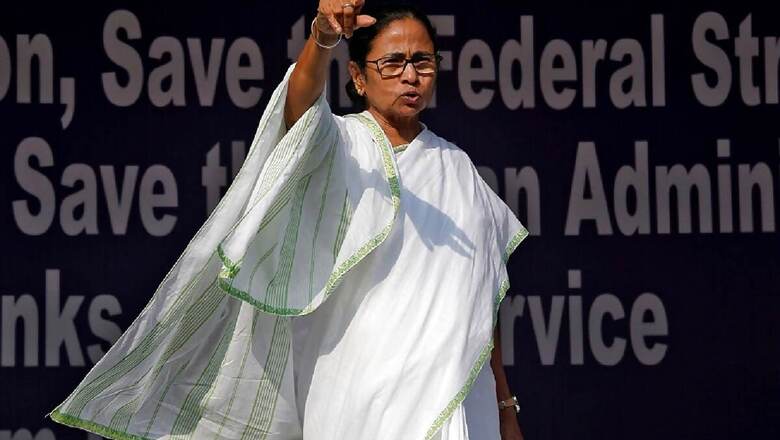
views
From the forgotten temples of Deulghata in Purulia to the tomb of saint Nur-Qutb-Alam at Hazrat Pandua in Malda district, Bengal has several ancient religious sites which require immediate attention. Concerned over the forgotten histories and stories of such spots — that also draw many tourists — West Bengal Chief Minister Mamata Banerjee ordered the mapping of century-old temples, mosques and churches to create ‘Maha Tirtha Bhumi’ (Great Pilgrimage Land) and ‘Maha Punnya Bhumi’ (Great Sacred Land) in the state.
“There are several ancient religious places for all sections of society in Bengal. Over the years, these places were not given much attention. Therefore, we have decided to start the mapping of such places to bring them back in the tourist scharts,” Mamata Banerjee said in a recent cabinet meeting on September 14, at the state secretariat ‘Nabanna’.”
She further said, “There are many tribal temples and religious sites. For example, temples of ‘Devi Chaudhurani’ (in Jalpaiguri district), which required more attention. I have asked the state Information and Cultural Department to start working on this unique project to map such places for their development. We want to create ‘Maha Tirtha Bhumi’ (Great Pilgrimage Land) and ‘Maha Punnya Bhumi’ (Great Sacred Land).”
On the same day, she also announced a slew of initiatives such as the creation of the ‘Tribal Sahitya Academy’, re-launch of party’s Hindi cell, a monthly allowance of Rs 1,000 and free housing for Sanatan Brahmin priests, besides calling for a renewed thrust on Sanskrit.
Political experts say that these announcements are certainly a well-thought move by Mamata Banerjee ahead of the 2021 Assembly Polls in Bengal. In the 2016 assembly elections, the BJP’s vote share was 10.2 per cent and in the 2019 Lok Sabha polls, it went up to 40.3 per cent. There was an increase of 30.1 percentage points in the vote share primarily because of the Hindu voters gravitating towards the BJP.
Most of these votes, which were once with the Left Front and Congress, went to the BJP as there was no decline in the TMC vote share. In the 2011 assembly polls, the TMC’s vote share was 39 per cent which increased to 39.56 per cent in 2019. Similarly, in the 2014 Lok Sabha polls, the TMC’s vote share was 39.03 per cent, which grew to 43.3 per cent in 2019. Thus, there was no drop in the TMC’s vote share. Notably, it increased by 5 percent in the last Lok Sabha despite BJP’s rise.
The only thing that worked in BJP’s favour was that it was able to eat into the vote share of the Left and Congress. Chief Minister Mamata Banerjee is aware that any significant division in the Hindu vote share – which swayed towards the BJP – could jeopardise the ‘Mission Bengal’ of the saffron brigade. Therefore, political experts feel that Mamata needs to tap into the nearly 30 per cent Hindu votes that went to the BJP in order to be able to form a TMC government in 2021.


















Comments
0 comment